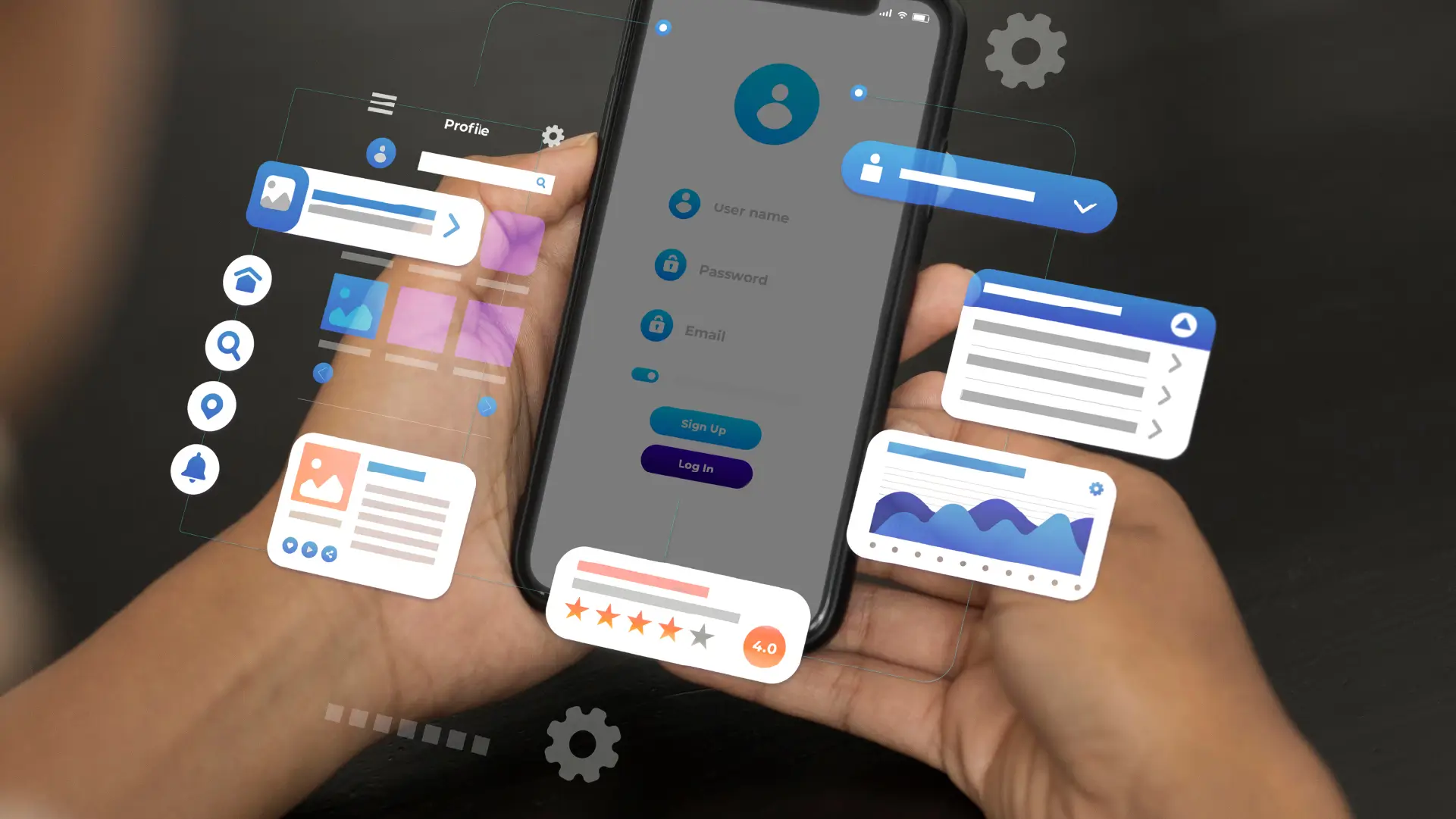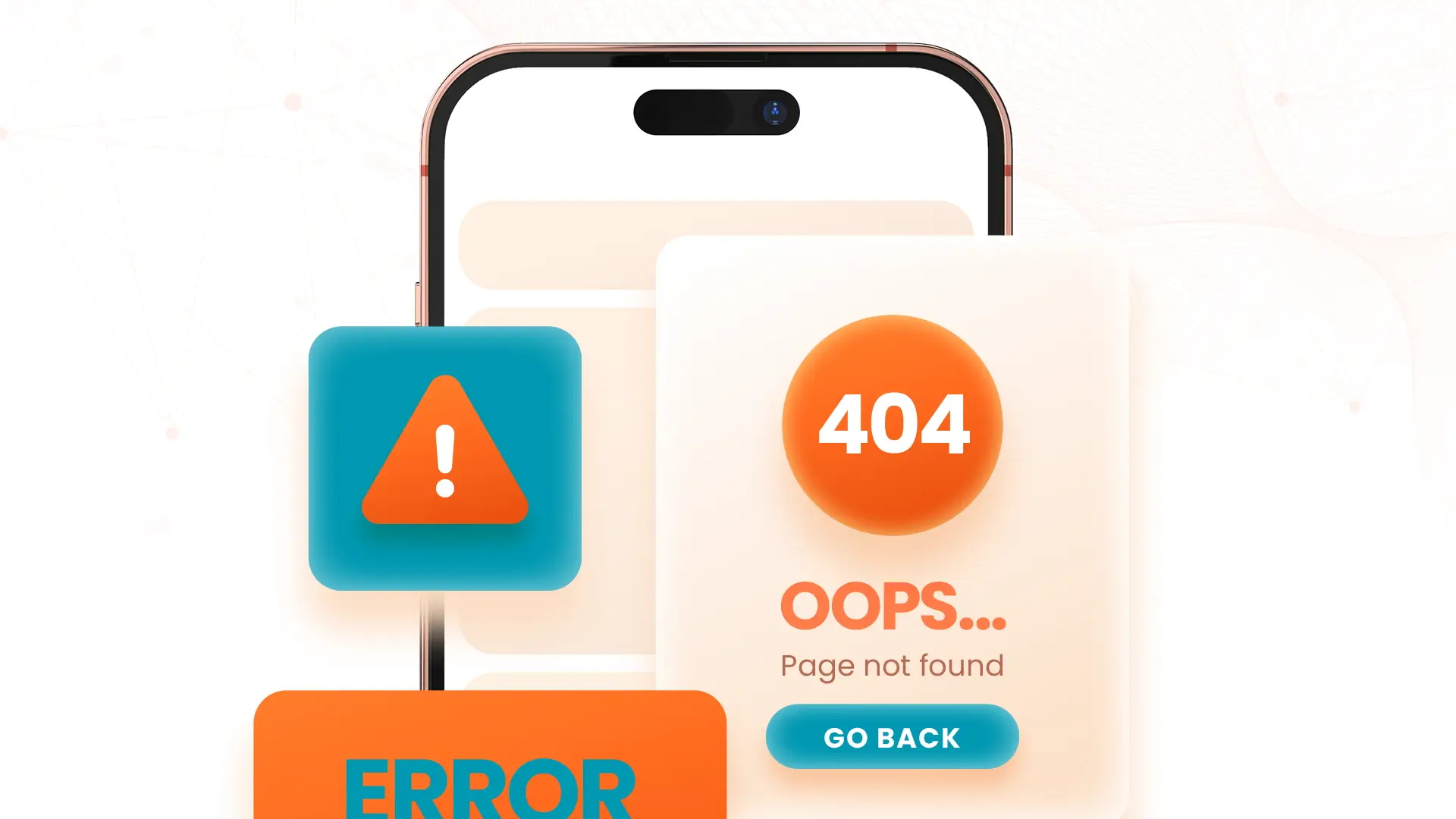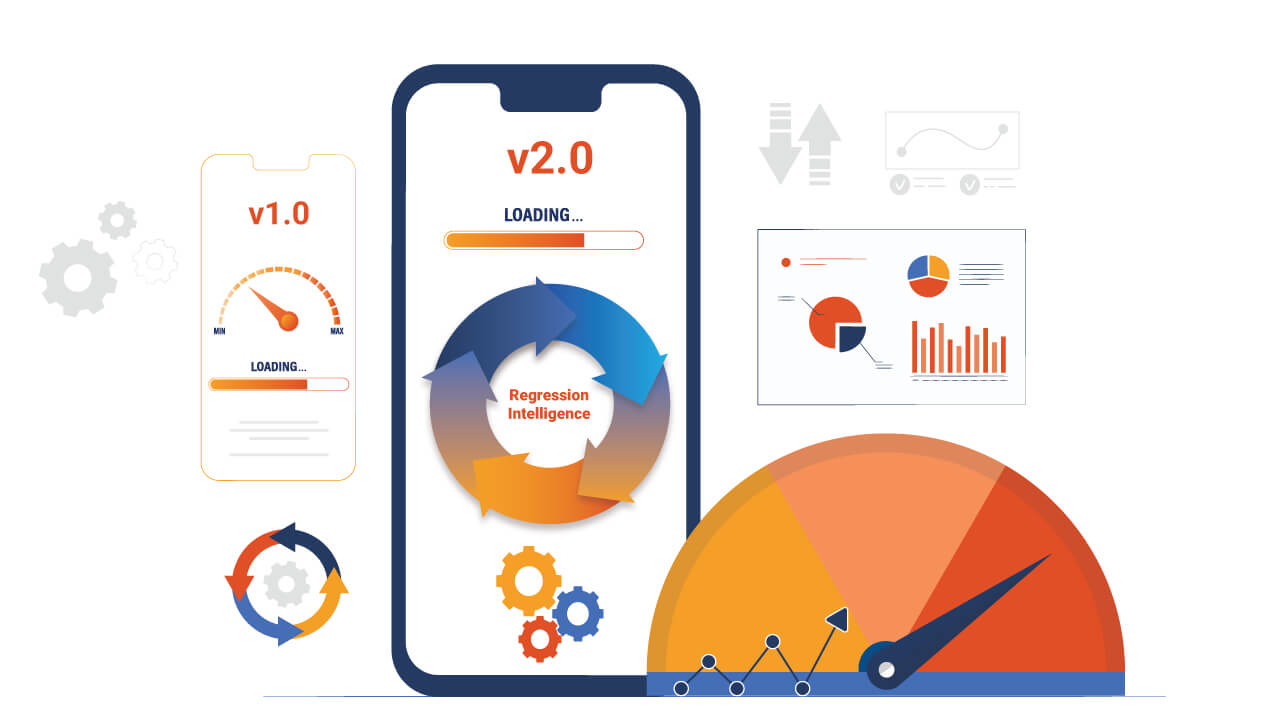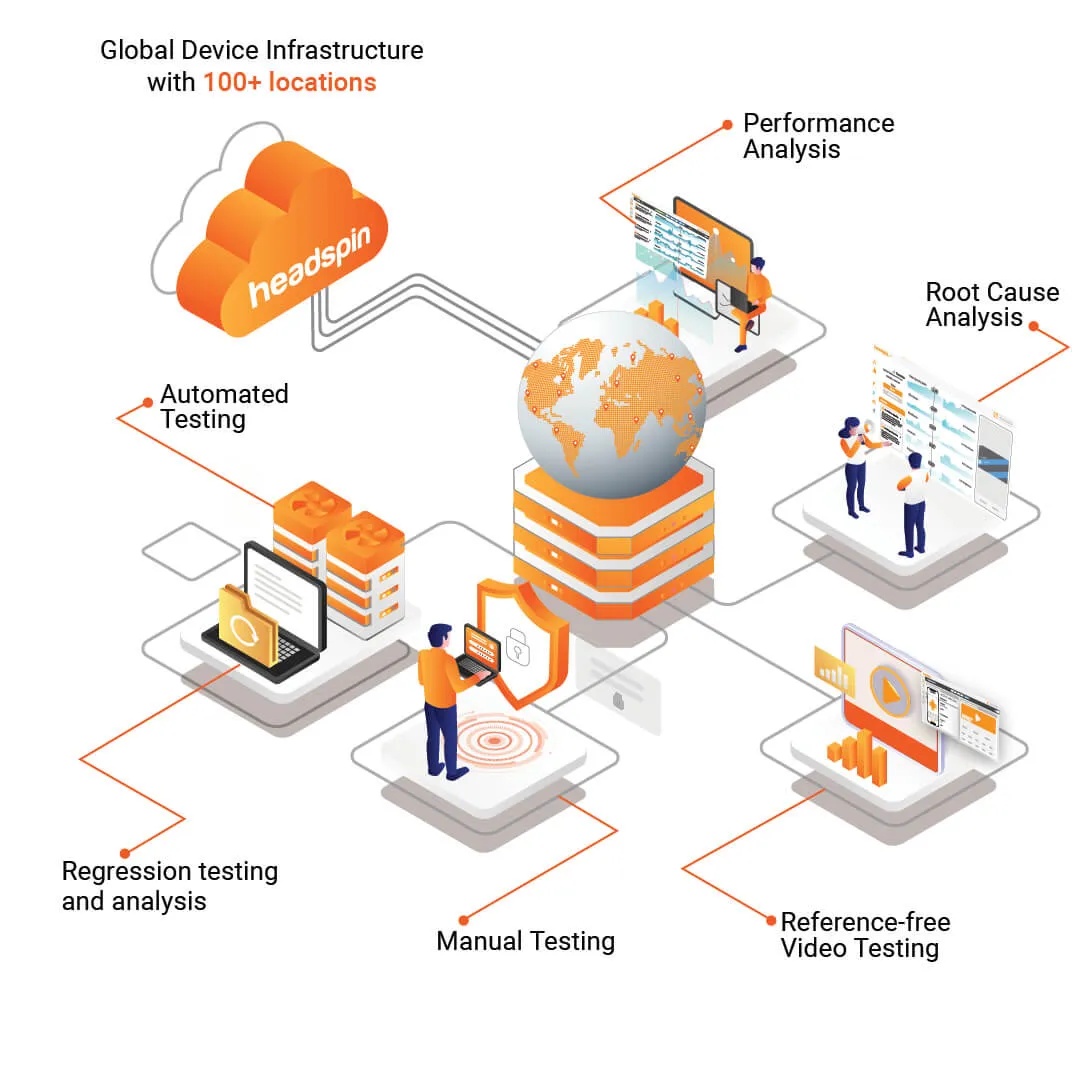What is Test Coverage
Test coverage is a metric that shows how much of a software application is actually tested. It measures how many of the application's requirements, features, or code have corresponding test cases, and how many of those tests have been executed.
It’s not just code. Test coverage includes features, requirements, and scenarios. It’s expressed often as a percentage: for example, if you have 100 requirements and your test suite covers 80 of them, your requirement-level test coverage is 80%.
Types of Test Coverage
There are several dimensions of test coverage. Different teams measure different ones depending on what matters.
- Code Coverage: Code coverage checks how much of the source code is executed by tests. It includes line, statement, branch, and condition coverage, making sure no logic is left untested.
- Example: In a food delivery app, you may have conditional logic that handles promo codes differently for first-time users. Without branch coverage, that logic might never be tested, leaving a hidden defect that fails during a major discount campaign.
- Requirement Coverage: Requirement coverage links tests to business requirements or product features. It ensures every requirement has at least one test case and is verified during execution.
- Example: A healthcare app might have a requirement that lab reports should be downloadable as PDFs. If the test suite doesn’t cover that, the feature could regress silently when the backend format changes. Requirement coverage prevents that oversight.
- Path Coverage: Path coverage validates different execution routes in the code, including decision points like if-else conditions. This helps catch errors that only appear in specific logic paths.
- Example: In a banking app, a loan approval path might differ based on credit score, income, and loan type. Testing only one approval path leaves untested combinations that could break for specific customers.
- Boundary Coverage: Boundary coverage focuses on input limits and edge cases, such as maximum field lengths or unusual values, where defects are most likely to occur.
- Example: For a travel booking site, test what happens when a user enters invalid dates, selects zero passengers, or books with incomplete payment details. These are real-world “break” points users often hit.
- Compatibility Coverage: Compatibility coverage checks the application across various environments, including devices, browsers, operating systems, and networks, to confirm it works reliably in real-world user conditions.
- Example: A social media app might look perfect on Chrome desktop, but misalign text on Safari iOS. Measuring compatibility coverage ensures that all user segments get a consistent experience, which is especially important for global apps with varied devices and networks.
Benefits of Test Coverage
Here’s why test coverage is valuable:
- Helps find parts of the system that are untested, so teams can reduce risk.
- Improves early bug detection: the more you test, the more defects you catch before they reach production.
- Supports maintainability. Well-covered code makes future changes safer.
- Enables confidence in releases. Teams can spot regressions or missing features.
- Helps with planning and prioritization. If you know what is covered and what is not, you can allocate resources (developers, testers) more effectively.
Challenges & Limitations
Here’s what test coverage does not guarantee, and what makes it difficult in practice:
- High coverage doesn’t mean high quality. Tests may run code without asserting correct behavior.
- Some code is complex or expensive to test (user interfaces, concurrent systems, hardware dependencies). Full coverage might be impractical.
- Over-emphasis on the number (% coverage) can lead to superficial tests. Teams may write tests just to increase coverage, rather than to increase reliability.
- Measuring test coverage takes tooling, setup, and maintenance. Especially when environments change, or when tests break.
What is Good Test Coverage?
There’s no one correct number, but sources give guidance:
- Many teams consider ~80% as a good target for coverage, depending on criticality, risk, and cost. Going above that often yields diminishing returns.
- For high-risk, safety-critical systems (such as medical and avionics), the expectation might be much higher, and specific coverage types (e.g., branch, condition, MC/DC) will be more important.
Test Coverage Best Practices
These are test coverage best practices you can adopt.
- Define clear goals and thresholds: Choose what kind of coverage matters (features, requirements, branches, etc.), and set realistic targets. Not every part of your system needs 100% branch coverage, like a static “About Us” page that never changes.
- Trace tests to requirements: Maintain a requirements traceability matrix so you know which requirements are tested. This ensures functional/feature coverage is not lost. Not tracing properly can cause gaps, like missing verification for a two-factor login feature after a security update.
- Prioritize critical paths: Focus first on areas with high user impact, functions most likely to fail, and complex code sections. Not every module needs the same level of coverage, like profile settings in a ride-hailing app compared to booking and payment flows.
- Include negative & boundary cases: It’s not enough to only test the ideal scenarios where everything works as expected. Tests around edge conditions, error cases, and invalid inputs catch bugs. Think of a ticket-booking site where users enter past dates, invalid passenger numbers, or skip payment details.
- Use a combination of test types: Unit tests, integration tests, UI tests, and end-to-end tests. Different types catch different kinds of issues. Relying on one type leaves gaps, like testing only APIs but skipping UI workflows where real users interact.
- Monitor & improve iteratively: Measure test coverage over sprints or releases. Use those metrics to identify where gaps lie and make gradual improvements, such as improving checkout module coverage by 10% each sprint, rather than forcing 100% in one go.
- Automation to scale coverage: Automate repeatable and stable workflows to expand coverage efficiently. Keep manual testing for areas that need human judgment, such as new designs or accessibility. Utilize parallel execution across browsers, devices, and environments to shorten feedback cycles and accelerate releases.
Conclusion
What this all means is that test coverage isn’t just a buzzword. It’s a concrete way to see how well your testing maps to what your software should do. But it’s only valid if you measure wisely, focus on what matters, and don’t mistake high percentages for perfect software.
If HeadSpin is part of your tooling, you can leverage its capabilities (device/browser matrix testing, performance under real-world conditions, etc.) to improve your test coverage, especially in compatibility, real user scenarios, and environment coverage. Combine that with strong unit/integration testing, and you’ll have a more dependable product.
FAQs
Q1. Is 100% test coverage always necessary?
Ans: No. Achieving 100% is often costly and may offer little marginal benefit. It’s better to aim for coverage that balances risk, cost, and impact.
Q2. How do I measure test coverage for non-code aspects, such as UI/UX or performance?
Ans: Use feature/requirement coverage, scenario testing, and user journey mapping; supplement with performance & usability tests. These may not be visible in code coverage tools, but they are crucial.



























.png)


















-1280X720-Final-2.jpg)






